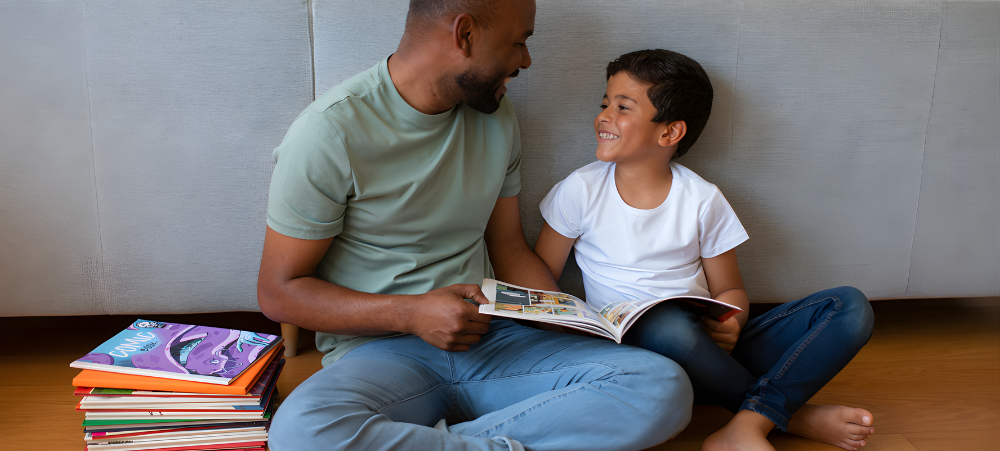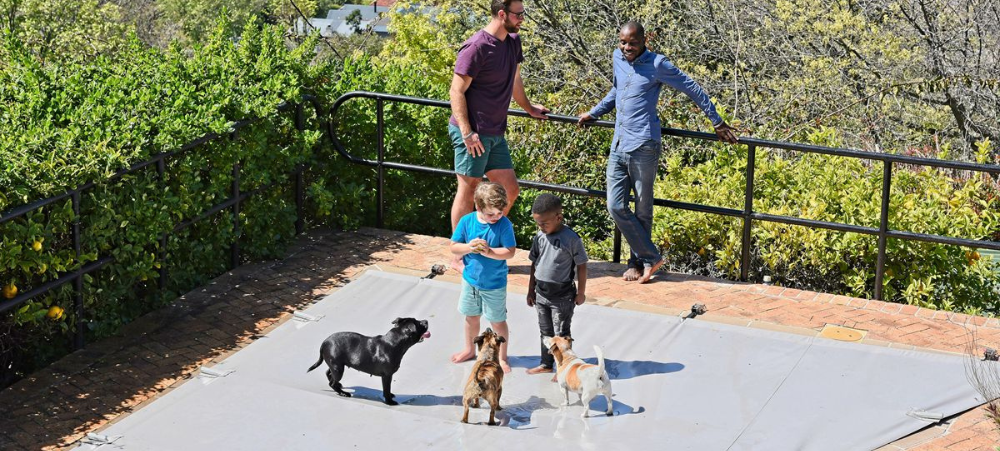There are numerous benefits linked to having a family
1. Responsibility
Younger children can help by participating in feeding, exercise, playing, grooming and showing affection
2. Trust
Pets make trusted companions for children and this could be the first step towards teaching your child how to build relationships.
3. Compassion
Caring for an animal entails showing understanding, compassion and empathy, all valuable lessons on how to take care of others’ and their basic needs.
4. Bereavement
When a family pet passes away your child will experience the pain of losing a beloved pet, but it also teaches them how to cope during the bereavement phase.
5. Respect
Children learn how to have respectfor others by learning how to touch a pet gently, learning not to disturb them while eating or sleeping and tending to their daily needs.
6. Self-esteem
Dogs love you unconditionally and this can have an immense effect on a child’s self-esteem accompanied with the satisfaction of sharing responsibility of taking care of an animal’s needs.
7. Loyalty
There is no match for a pet’s loyalty and in
8. Physical activity
Taking the dog out for a walk and playing with
9. Patience
It takes time to bond with a new pet and through this the child learns to have patience.
10. Social skills
Taking a dog out for a walk and interacting with other pet-lovers can be a wonderful ice-breaker and improve your child’s social skills.
How do you know the time is right for teaching kids about dogs?
Younger children can not be expected to take care of a family pet without assistance, especially children under the age of five years old. They can help of course, but most of the caring will be done by you. Young children are often too rough and doesn’t really understand yet how to handle a pet gently and they may end up injuring the dog and become injured themselves when the pet reacts.
Children from the age of 3-4 years old must be monitored when spending time with a pet and even children under the age of ten must not be expected to take care of a pet on their own.
When an older child expresses the need for a pet, it is the perfect opportunity to discuss the responsibility of taking care of a pet as well as setting up expectations before the time about what their pet-care responsibilities is going to be. When you do decide to get a pet, make sure you include your child in the process of getting a dog and let them help with choosing the right pet for your household.
Tips on how to teach your child to interact responsibly and safely with their dog companions:
Introducing the puppy to the child
When a new puppy is brought into the home it is essential to teach a child about the rule of “no touch, no talk, no eye contact”. The introduction between the child and the puppy must be suspended until the child’s excitement has blown over and he is in a calm state of mind and capable of focusing on adult instruction. Avoid allowing the child to make the first move. Ensure that your child’s energy levels are stable and keep an eye on the puppy’s reactions. Once you are happy that the situation is under control and safe, you can teach your child how to show affection.
Playtime
Ground rules must be set for off-limits playing for example, the child must understand that its not ok to pull the puppy’s tail or ears.
Be vigilant for signs of rough play and immediately correct the child or redirect his energy when the need calls for it. Always keep an eye on the body language of the puppy and step in when you think the puppy had enough playtime. Never leave a young child without supervision with a puppy.
Cleanliness and health issues
Children are more susceptible to pet-related illnesses than us grown-ups. Here are a few tips that can help keep your child healthy:
- Make sure the puppy has regular visits to the Vet.
- Teach your child to wash his hands thoroughly before and after playing with the puppy.
- Avoid playtime near areas where the puppy relieves himself.
- Dog excrement must be picked up and disposed of regularly.
Other safety tips relating to dog interaction
- Children should never approach unfamiliar dogs. Not all dogs are used to young children, therefore it’s better to practice caution beforehand.
- Dogs that are restrained or behind fences are often more likely to attack. Children should be taught that it’s never ok to tease or reach for a dog that seems harmless because they are “out of reach”.
- Children should not approach a stray dog without adult supervision. The right way is to call an adult to assist with a dog that looks injured or lost.
- Teach your child the right body-language for child-dog interaction:
- Teach them how to be calm, allowing the dog to approach first.
- They should never back a dog into a corner.
- When they are touching the dog, they must stroke under the chin or on the cheek.
- Discourage young children from trying to hold a dog. An innocent hug may be perceived as a threat.
- Dogs have sensitive hearing and an unexpected squeal from your little one may overwhelm them or startle them. A soothing voice will make the dog feel at ease and allow you child to have a calm mindset.
- Be on the look-out for signals that the dog is displaying that his had enough of play. Look for pacing, flattening of the ears, tucking their tails, retreating, bearing teeth, growling or nervously flicking their tongues.
Remember to educate yourself, as you cannot expect your child to behave safely around dogs if you are not teaching by example.





